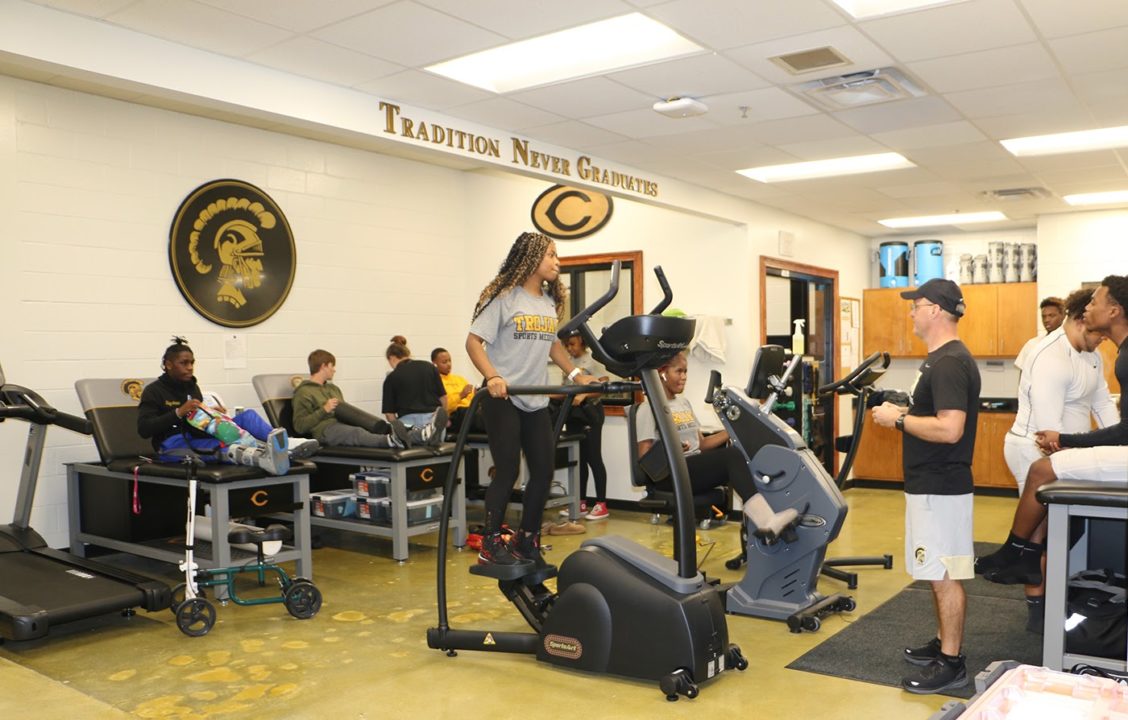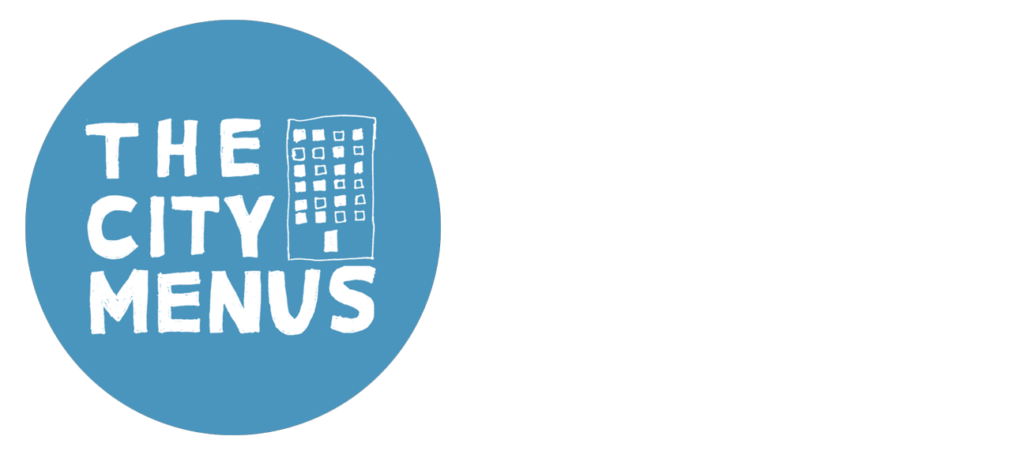
Renovations to Carrollton High School’s Whitley Morris Field House over the last several months have revamped the facility to better serve Trojan students, athletes and athletic staff, and includes an expanded sports medicine room that not only provides early treatment for injuries, but also serves as a training ground for student interns interested in that field as a career.
Head Athletic Trainer Patrick Rothschadl teams up with Healthcare Science teacher Shannon Bright, also a certified trainer, to create a pipeline of student talent prepped to be on the field and in the training room to serve their athletic peers.
The original training room is named in honor of Dr. E.C. Bass, who treated Trojans athletes for four decades before retiring. Now tripled in size to accommodate several athletes at once and a host of student trainers to serve them, today the space boasts top equipment and resources to keep athletes in the game.
Rothschadl says the assistance from students is invaluable to him, but more important is the exposure the experience offers the students.
“Through the Healthcare Science curriculum the CHS Sports Medicine program provides an opportunity for students to gain education and hands-on experience as student athletic training aides,” he said.
Rothschadl notes students are carefully selected through an application process that requires applicants to be enrolled or previously enrolled in Healthcare Science classes in order to be considered for service as trainer aides.
Athletic trainer aides have been used for years primarily for the football program, but this year Rothschadl says the program has been expanded to include all sports. “These students will work daily in the training room, even during the spring,” he said.
Rothschadl says a typical day during football season for a trainer aide includes pre-taping, treatment, and setting up the field for practice. The students prepare a cooler for treatment ice, get water cows filled, and make readily available medical kits and an AED, or automated external defibrillator. During practice if needed they provide basic first aid, taping and prepare ice bags for athletes.
“If there are more than two practices going on at the same time, the students are split up and if an injury occurs they contact the head trainer if he is not at that field,” said Rothschadl.
The aides are integral in pre- and post-game treatment, too, says Rothschadl, which includes administering routine therapies such as heat pack, compression, and electrical stimulation, and ultrasound evaluations when needed.
Paul Fitz-Simons, CHS athletic director, says the expansion of the sports medicine program is a welcomed addition to athletic program services.
“Technological advances have allowed sports medicine practices to become a routine benefit for our student athletes,” he said. “The efforts of Mr. Rothschadl and Ms. Bright to professionally train our students exponentially widens the scope of this work, making individualized care a Trojan gold standard.”





